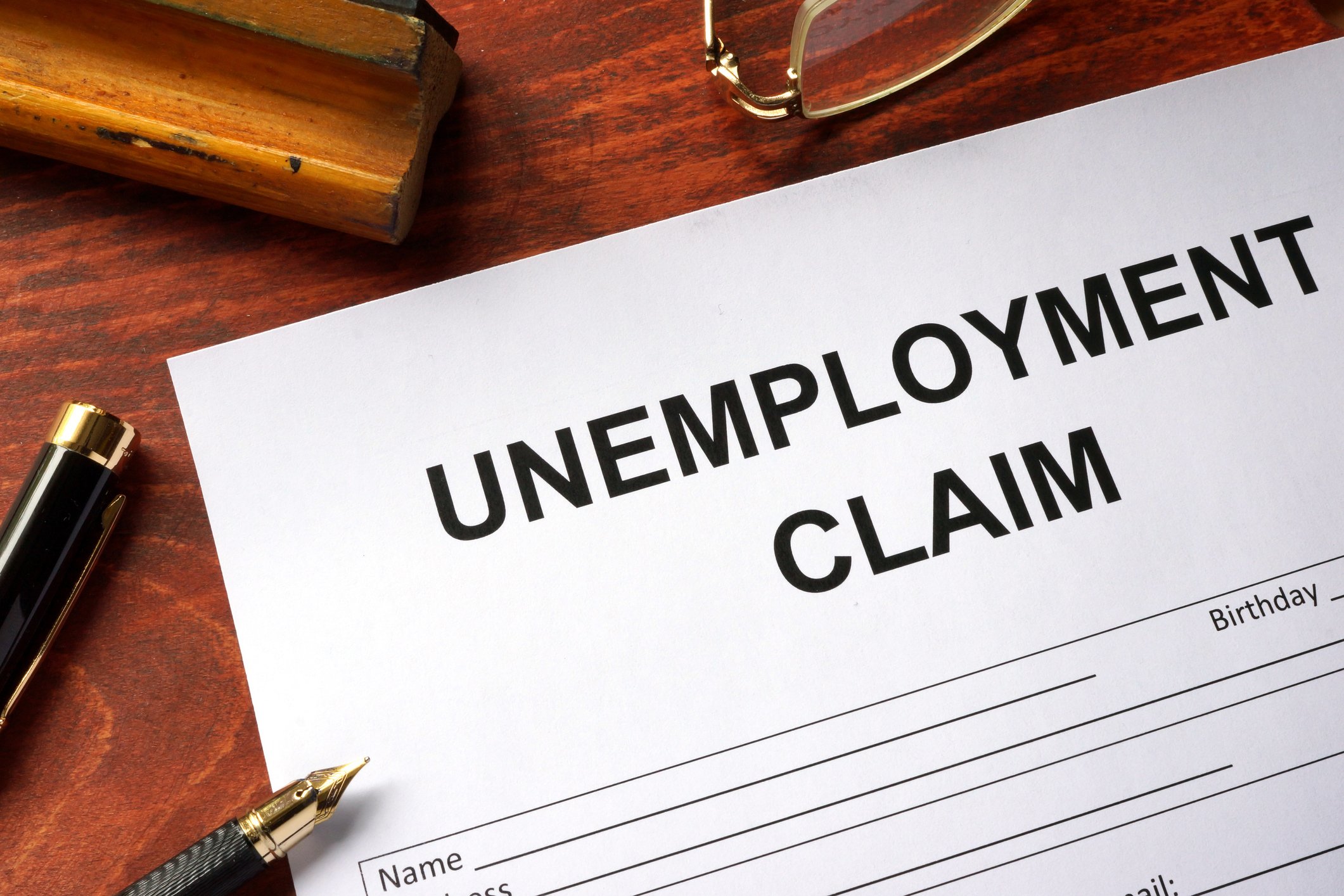The coronavirus has had an unprecedented impact on the American economy, leading to millions of workers becoming unemployed at a time when finding a new job is almost impossible.
If you're one of the many affected by the shuttering of companies caused by the COVID-19 pandemic, you need to know about expanded unemployment benefits made available as part of the Coronavirus Aid, Relief, and Economic Security Act (CARES Act, for short). Here are four things you should know that change how these benefits could work for you.

Image source: Getty Images.
1. You could get an extra $600 per week
States use different methods of calculating your benefits, but each uses a portion of average wages and sets a maximum benefit. Depending on where you live, these maximums could be as low as $235 per week or as high as $823.
Under the CARES Act, however, eligible individuals collecting unemployment are entitled to receive an additional $600 per week. This extra benefit will be available through July 31.
2. You could get an extra 13 weeks of benefits
States also set limits on the number of weeks you're entitled to receive benefits. In most states, you're eligible for up to 26 weeks of unemployment income (you can see your state's maximum benefit duration here).
But if you exhaust your unemployment benefits and still don't have a job, the CARES Act entitles you to an additional 13 weeks of benefits eligibility.
3. More workers may be entitled to benefits
There are normally strict work requirements to qualify for unemployment benefits, including meeting minimum earnings tests and working as an employee for a company that pays unemployment insurance premiums. States also generally require that you're actively looking for work.
But the CARES Act makes unemployment benefits available to many more workers. You can now qualify if you were self-employed, if you worked as an independent contractor or gig worker, if you just started a job, if you were scheduled to start work but can't, and if you must stop working to care for a dependent. And you do not have to be actively looking for work to qualify anymore.
These expanded benefits apply only to workers whose jobs or whose ability to work has been affected by COVID-19. They're in effect from Jan. 27 to Dec. 31, 2020. But those who are teleworking or receiving paid sick leave aren't eligible.
4. Your state is incentivized to waive its waiting week
When you apply for unemployment benefits, most states impose a one-week period before you start getting checks. The CARES Act has incentivized states to waive this waiting period by covering 100% of the benefits paid during that time.
You will still need to apply for benefits ASAP and follow your state's guidelines to start your benefits. And claims are taking longer than normal to process, so you should file quickly if you don't want an interruption in your income.
Here's how you can check your benefits
Unemployment is managed by states, so while workers across America can benefit from some of the new federal protections put in place, ultimately your eligibility and the amount you receive is determined by where you live. You can find your state's Department of Labor at CareerOneStop so you can learn the rules applicable to you.





